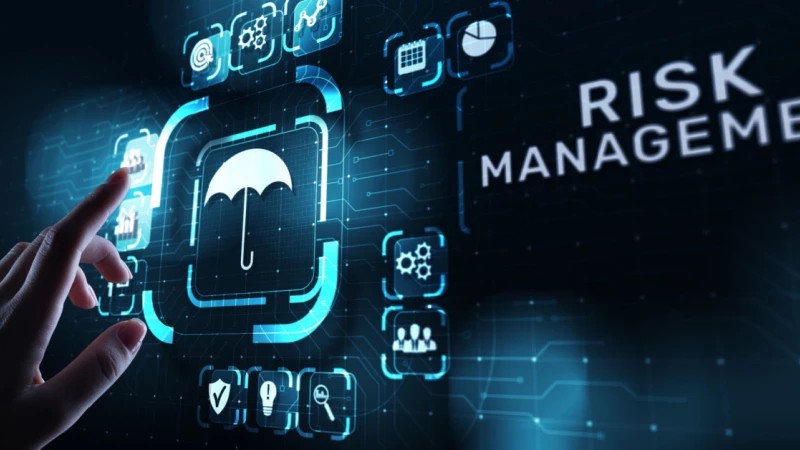In today’s interconnected business world, Information Technology (IT) is the backbone of almost every operation. From managing customer data to facilitating daily tasks, IT systems are indispensable. However, this reliance also exposes organizations to a myriad of IT risks – potential threats that could disrupt operations, compromise data, or lead to significant financial and reputational damage. Effectively assessing and mitigating these risks is no longer an option, but a critical imperative for organizational resilience.
Understanding IT Risk Assessment: The First Line of Defense
IT risk assessment is the systematic process of identifying, analyzing, and evaluating potential threats and vulnerabilities within an organization’s IT infrastructure. It’s about understanding what could go wrong, how likely it is to happen, and what the impact would be if it did. Key steps in this assessment typically include:
- Asset Identification: Pinpointing all critical IT assets, including hardware, software, data, networks, and even human resources.
- Threat Identification: Recognizing potential threats such as cyberattacks (malware, phishing, ransomware), natural disasters, human error, hardware failures, and insider threats.
- Vulnerability Identification: Discovering weaknesses in systems, processes, or configurations that a threat could exploit (e.g., unpatched software, weak passwords, lack of employee training).
- Impact Analysis: Determining the potential consequences if a threat materializes, quantifying the financial, operational, reputational, and legal implications.
- Likelihood Assessment: Estimating the probability of a threat exploiting a vulnerability and causing harm.
By undergoing this comprehensive assessment, organizations gain a clear picture of their risk landscape, allowing them to prioritize their efforts and allocate resources effectively.
Mitigating IT Risks: Building a Robust Defense Strategy
Once risks are identified and understood, the next crucial step is mitigation – implementing strategies and controls to reduce the likelihood or impact of these risks. Mitigation strategies can be categorized into several key areas:
- Technical Controls: These are security measures implemented through technology:
- Firewalls and Intrusion Detection/Prevention Systems (IDPS): To control network traffic and detect malicious activity.
- Antivirus and Anti-malware Software: To protect against malicious software.
- Data Encryption: To protect sensitive data both in transit and at rest.
- Regular Software Updates and Patch Management: To fix known vulnerabilities.
- Access Controls: Implementing strong authentication (e.g., multi-factor authentication) and least privilege principles.
- Data Backup and Recovery: Ensuring critical data can be restored quickly after an incident.
- Administrative Controls: These involve policies, procedures, and training:
- Security Policies: Clear guidelines for data handling, password management, acceptable use, etc.
- Employee Training and Awareness: Educating staff about common cyber threats (like phishing) and best security practices.
- Incident Response Plan (IRP): A predefined strategy for how to react to and recover from a security incident.
- Vendor Risk Management: Assessing the IT security posture of third-party vendors who have access to your systems or data.
- Physical Controls: Protecting the physical access to IT assets:
- Secure Data Centers and Server Rooms: Limiting access to authorized personnel.
- Environmental Controls: Protecting hardware from heat, humidity, and power fluctuations.
- Risk Transfer/Acceptance:
- Cyber Insurance: Transferring some financial risk to an insurance provider.
- Risk Acceptance: For low-impact, low-likelihood risks, an organization might decide to accept the risk rather than spending resources to mitigate it, after careful consideration.
A Continuous Journey, Not a Destination
It’s important to remember that IT risk management is not a one-time event but an ongoing process. The threat landscape is constantly evolving, with new vulnerabilities and attack methods emerging regularly. Therefore, organizations must continuously:
- Monitor their IT environment for new threats and vulnerabilities.
- Re-assess their risks periodically or after significant changes to their IT infrastructure.
- Review and update their mitigation strategies to ensure they remain effective.
By proactively assessing and diligently mitigating IT risks, organizations can safeguard their assets, maintain business continuity, protect their reputation, and ultimately thrive in the digital age.


